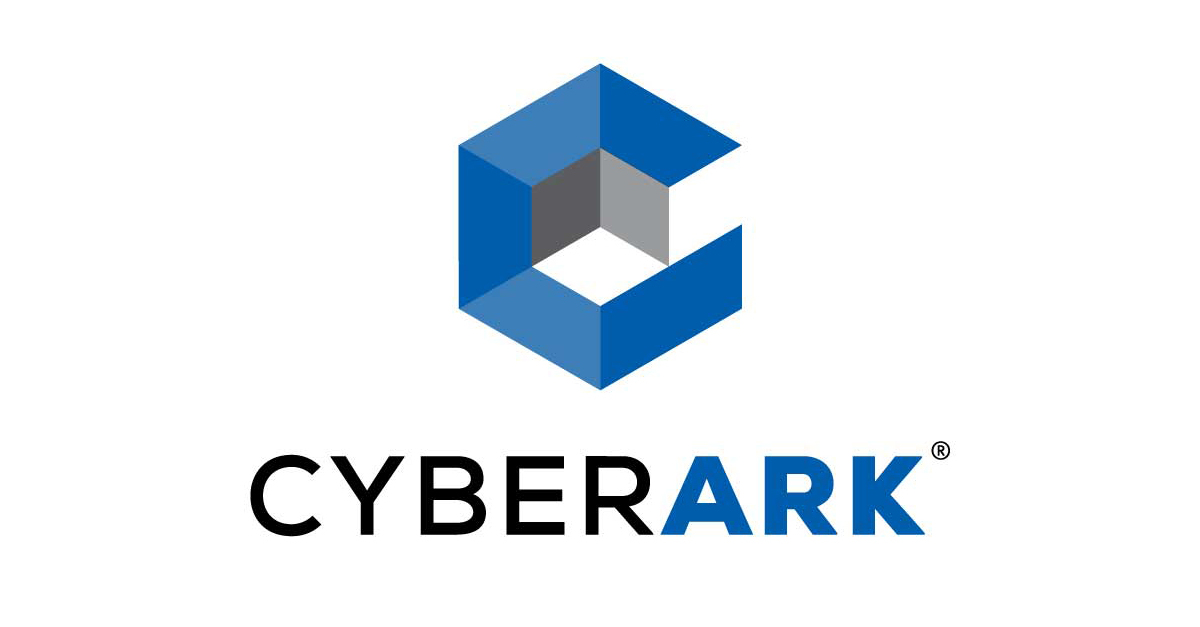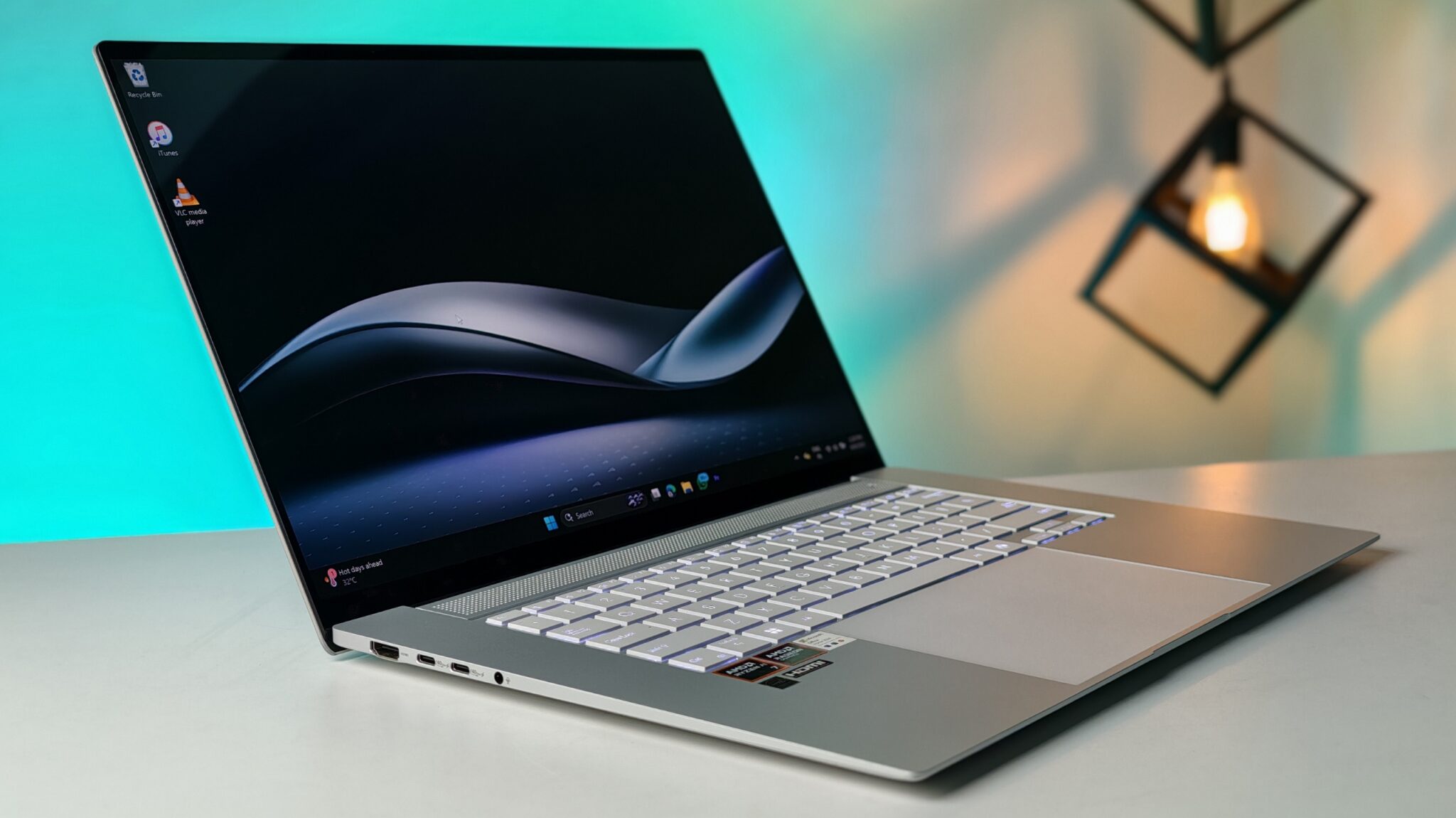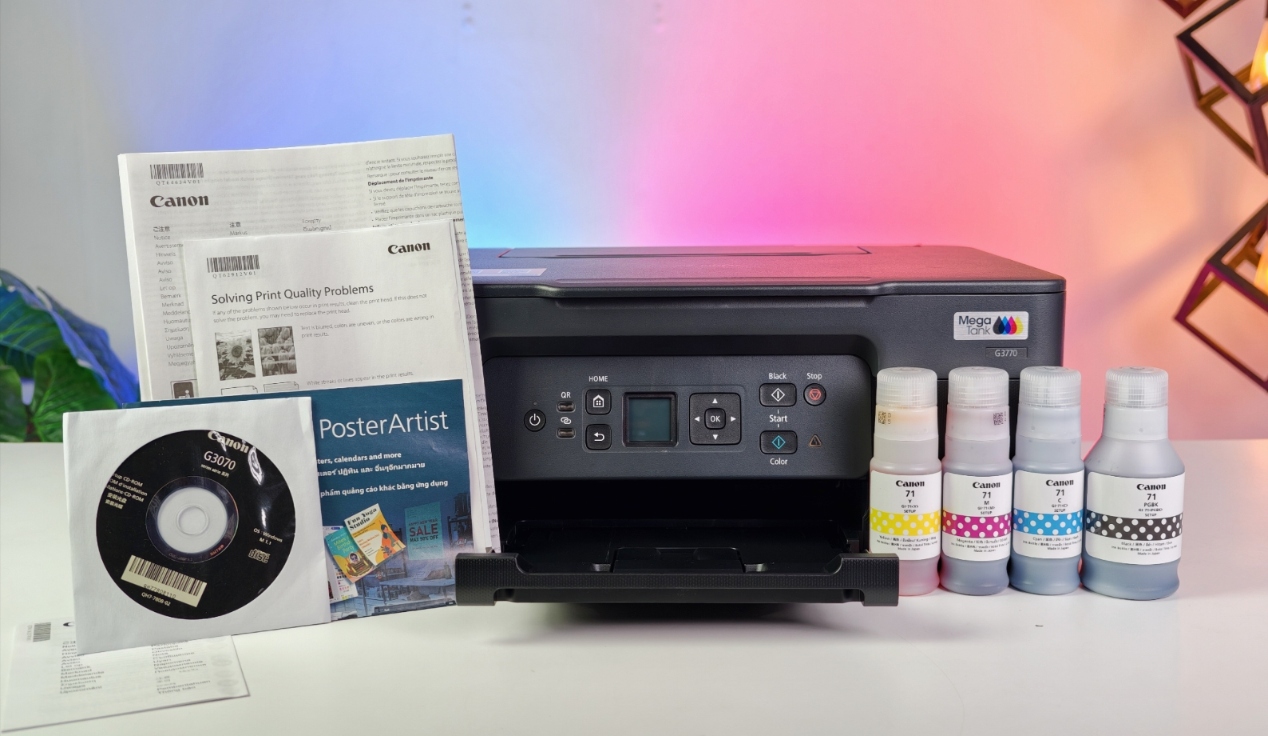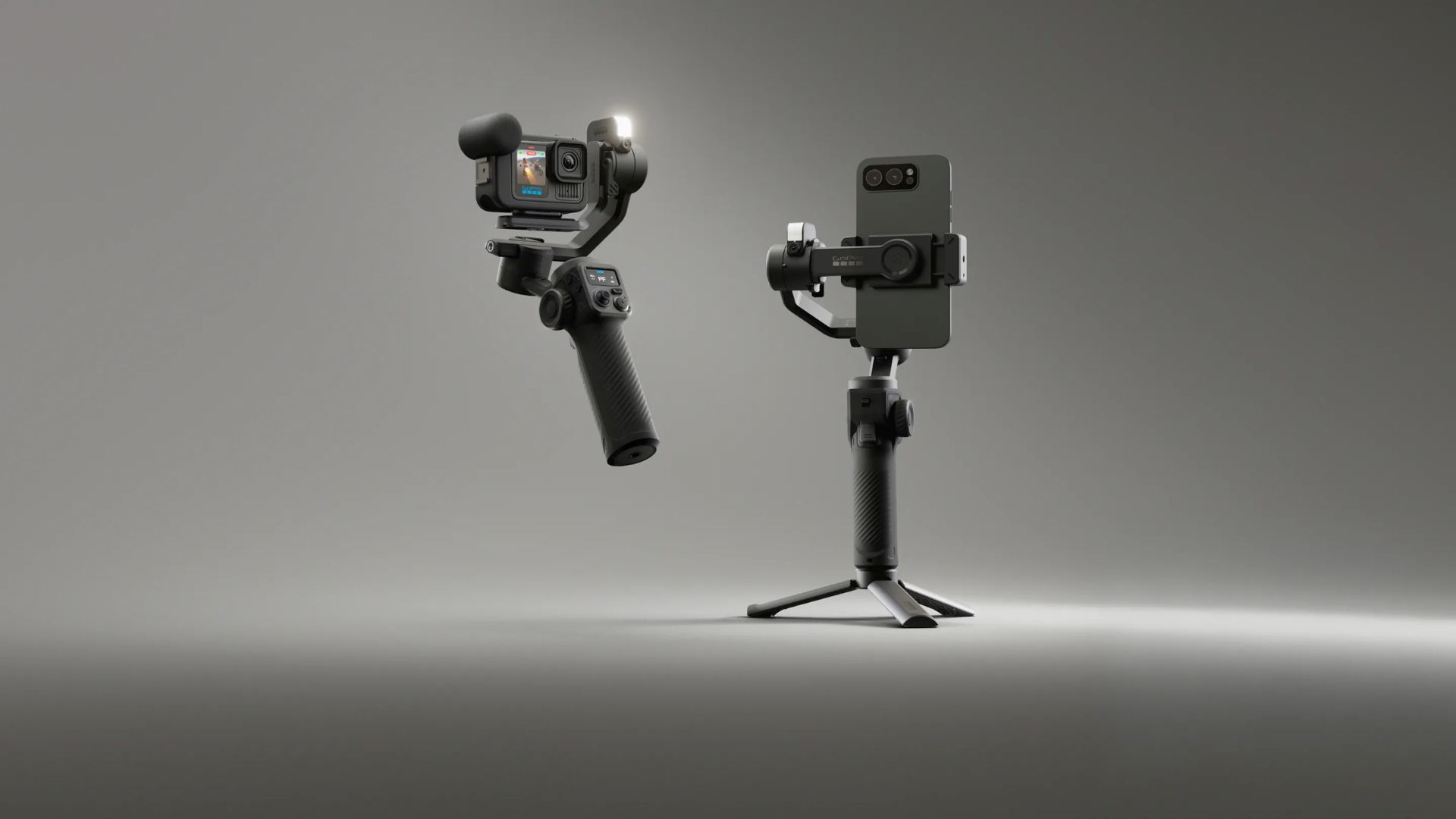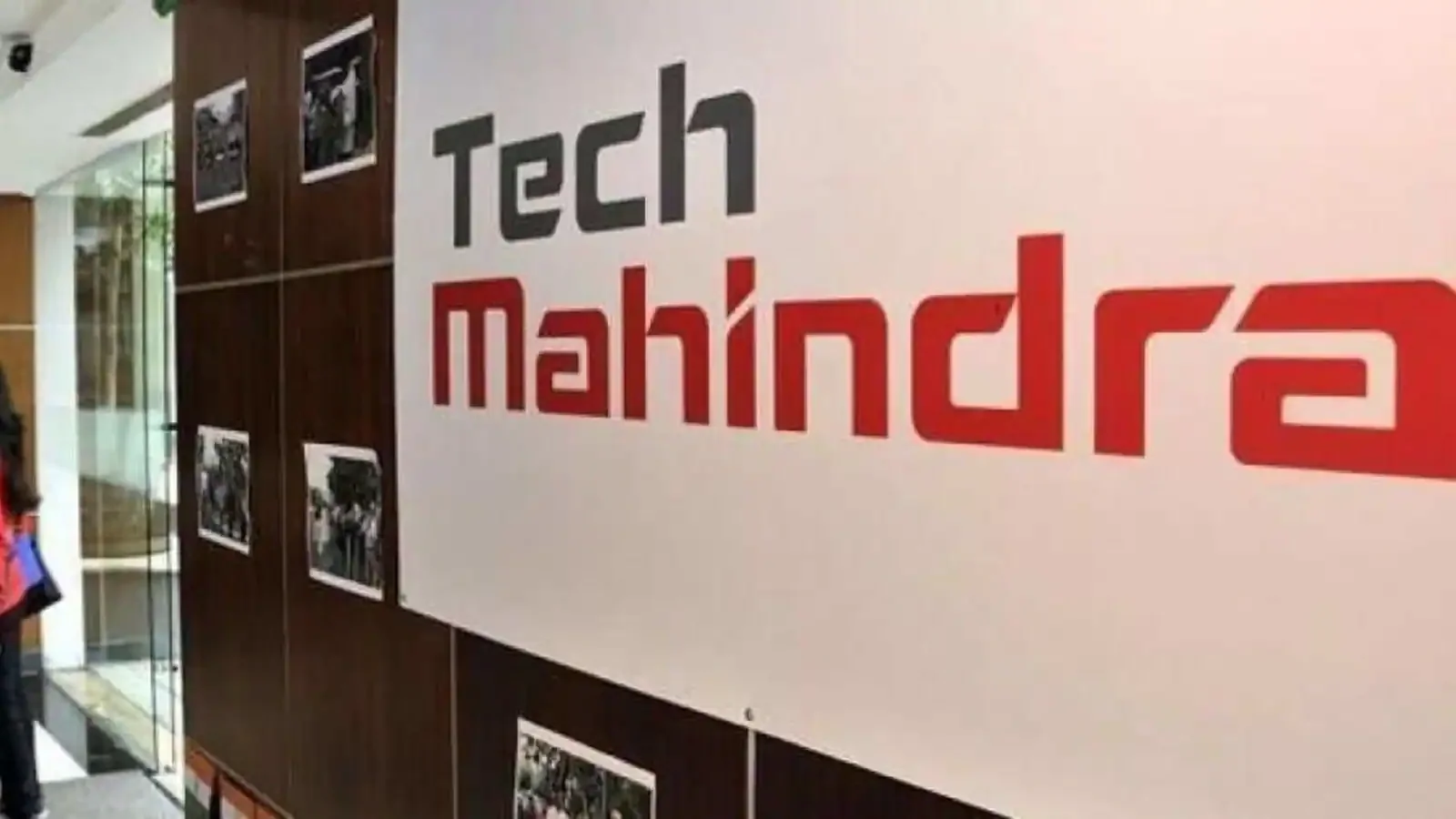Panasonic Information Systems Co. Ltd., a pivotal force behind IT strategy for the global Panasonic Group, has rolled out the CyberArk Identity Security Platform to manage and secure privileged access across thousands of servers. It’s a strategic upgrade, clearly aligned with Panasonic Group’s broader digital transformation goals aimed at tightening cybersecurity and streamlining operations.
- Key Takeaways:
- The Panasonic Group and its Extensive IT Landscape
- Addressing the Challenge of Manual Privilege Management
- The Solution: The CyberArk Identity Security Platform
- Tangible Impact and Operational Benefits
- Expert Perspectives on Identity Security
- The Broader Landscape of Identity Security
- Why Privileged Access Management Matters
- Looking Ahead: The Future of Enterprise Security
Key Takeaways:
- Panasonic Information Systems has implemented CyberArk’s Identity Security Platform to centralize and automate privileged access management.
- The deployment focuses on Windows and Linux servers, replacing a previously manual, and frankly cumbersome, access control process.
- Enhanced visibility is now in place—admins can see who accessed what, when, and exactly what actions were taken.
- CyberArk Privileged Access Manager handles automated credential rotation and keeps passwords hidden from end-users.
- This is all part of the Panasonic Transformation (PX) initiative, which zeroes in on infrastructure modernization and fortified security.
- The move bolsters cyber resilience while easing operational pressure on IT staff.
The Panasonic Group and its Extensive IT Landscape
The Panasonic Group—one of Japan’s most recognizable multinational conglomerates—operates across sectors as varied as consumer electronics, automotive, home appliances, and industrial systems. Supporting such a sprawling, multifaceted enterprise requires a sophisticated IT backbone. At the center of that effort is Panasonic Information Systems Co. Ltd., tasked with managing everything from infrastructure to everyday IT operations.
Given the scale and scope of the group, the complexity of its IT landscape is staggering. You’re talking about systems supporting everything from manufacturing lines to sales terminals. And in this environment, cybersecurity isn’t just a box to tick—it’s a business necessity. Panasonic’s PX initiative illustrates this well, positioning cybersecurity as a linchpin of broader digital transformation efforts.
Addressing the Challenge of Manual Privilege Management
Previously, managing privileged access across thousands of servers—both Windows and Linux—was largely manual. That may have worked in the past, but at this scale, it’s neither efficient nor secure. The process of granting or revoking access, conducting audits, and managing credentials manually created clear friction and introduced significant risks.
IT teams were stretched thin, juggling access control with day-to-day asset management. Delays in patching or detecting anomalous access weren’t uncommon. To make matters worse, existing tools didn’t offer a unified view of access logs or permissions. Without that, monitoring for irregular activity or investigating incidents after the fact was often more guesswork than science.
This operational bottleneck clearly ran counter to the goals of the PX initiative. It became evident that a centralized, automated approach to privilege management was no longer optional—it was essential.
The Solution: The CyberArk Identity Security Platform
Enter CyberArk. As a globally recognized leader in identity security, CyberArk offered Panasonic a modern solution tailored for today’s complex IT environments. At the heart of this deployment is CyberArk Privileged Access Manager, a tool designed specifically to reduce the attack surface by automating and securing privileged credentials.
This platform doesn’t just unify identity management—it brings privileged access, endpoint privilege management, and broader identity governance under one roof. That integration makes a big difference. For Panasonic Information Systems, it means IT administrators no longer need to micromanage access. Instead, they can focus on higher-level strategy and threat mitigation.
The platform’s credential rotation and password vaulting capabilities mean that sensitive information remains concealed from users. It might sound simple, but this one feature significantly reduces the risk of insider threats or credential-based attacks.
Tangible Impact and Operational Benefits
Since rolling out the CyberArk platform, Panasonic has reported tangible, measurable benefits. Chief among them: vastly improved visibility. Administrators now have a comprehensive audit trail detailing access events—including who accessed what, when, and what actions were taken. That kind of transparency is crucial in a security incident, where every second counts.
Automation, meanwhile, has significantly reduced the administrative load. IT teams no longer need to spend hours managing access permissions or conducting manual reviews. This frees them up to focus on more strategic work, while also reducing the potential for human error—a common weak link in any security chain.
Moreover, by enforcing standardized security policies across the enterprise, Panasonic Information Systems has laid the groundwork for a much stronger, more uniform security posture. That’s no small feat given the size and diversity of the organization.
Expert Perspectives on Identity Security
Hiroshi Yagi, Director of the Professional Services Department at Panasonic Information Systems, highlighted the strategic rationale: “One of the key priorities of our digital transformation is strengthening our security defenses globally… With CyberArk, we have made significant progress by modernizing our approach to privileged access at scale and standardizing security policies throughout the organization.”
CyberArk’s leadership echoes this sentiment. Mitsuro Kakizawa, Regional Director for Japan, stressed that attackers are increasingly targeting identities. “CyberArk has equipped Panasonic Information Systems with the ability to secure privileged access for all identities, in any environment, from anywhere,” he said.
CEO Matt Cohen added a broader perspective: “In today’s modern enterprise, any identity can become privileged at any moment… That’s why leading organizations trust CyberArk to protect their most critical assets.”
The Broader Landscape of Identity Security
Panasonic’s move reflects a broader trend: as organizations go digital, identities have become the new battleground. Traditional perimeter-based security is no longer sufficient. Whether it’s human users, service accounts, or automated scripts—each identity must be authenticated, monitored, and secured.
Why Privileged Access Management Matters
Privileged Access Management isn’t just a cybersecurity concern—it’s an operational imperative. Accounts with elevated permissions can be the gateway to catastrophic breaches if left unmonitored. Manual systems, like those previously used at Panasonic, suffer from five common vulnerabilities:
- Credential Theft: Shared or hardcoded passwords are low-hanging fruit for attackers.
- Insider Threats: Malicious or negligent insiders with access can cause damage unnoticed.
- Lack of Accountability: Without logs, there’s little forensic value after an incident.
- Compliance Gaps: Regulations increasingly demand PAM, and manual systems can’t keep up.
- Operational Inefficiency: Human error and resource strain are practically baked in.
CyberArk’s automated platform addresses each of these risks. Just-in-time access, secure credential storage, and real-time session monitoring are more than nice-to-haves—they’re becoming standard requirements. And all of this fits well within the broader “Zero Trust” philosophy, which assumes no user or device should be trusted by default.
Looking Ahead: The Future of Enterprise Security
Panasonic Information Systems’ partnership with CyberArk signals more than a technology upgrade—it’s a cultural shift toward resilience and preparedness. In a landscape where identity-centric threats are growing more sophisticated, this deployment sets a precedent for how large, diversified enterprises should think about access control and cyber defense.
And ultimately, it’s about trust—trust that the systems supporting everything from assembly lines to customer data are protected, auditable, and future-ready.
Frequently Asked Questions (FAQs)
Q1: What is privileged access management (PAM)?
A1: PAM is a cybersecurity strategy that controls, monitors, and secures identities with elevated access to critical systems and data. This includes admin, shared, and emergency accounts.
Q2: Why is PAM crucial for organizations like Panasonic?
A2: For large enterprises, compromised privileged accounts can lead to serious breaches. PAM helps reduce this risk by enforcing policy, automating access, and maintaining detailed logs.
Q3: What benefits does CyberArk bring to Panasonic?
A3: CyberArk’s platform centralizes privileged access, enhances visibility, automates credential management, and supports consistent policy enforcement across the organization.
Q4: What is the “Panasonic Transformation (PX) initiative”?
A4: It’s a global effort by the Panasonic Group to modernize operations and IT, with cybersecurity at its core.
Q5: How is identity security different from traditional cybersecurity?
A5: Traditional models focused on network perimeters. Identity security prioritizes securing users and machines, no matter where they are, through continuous verification and least privilege access.


